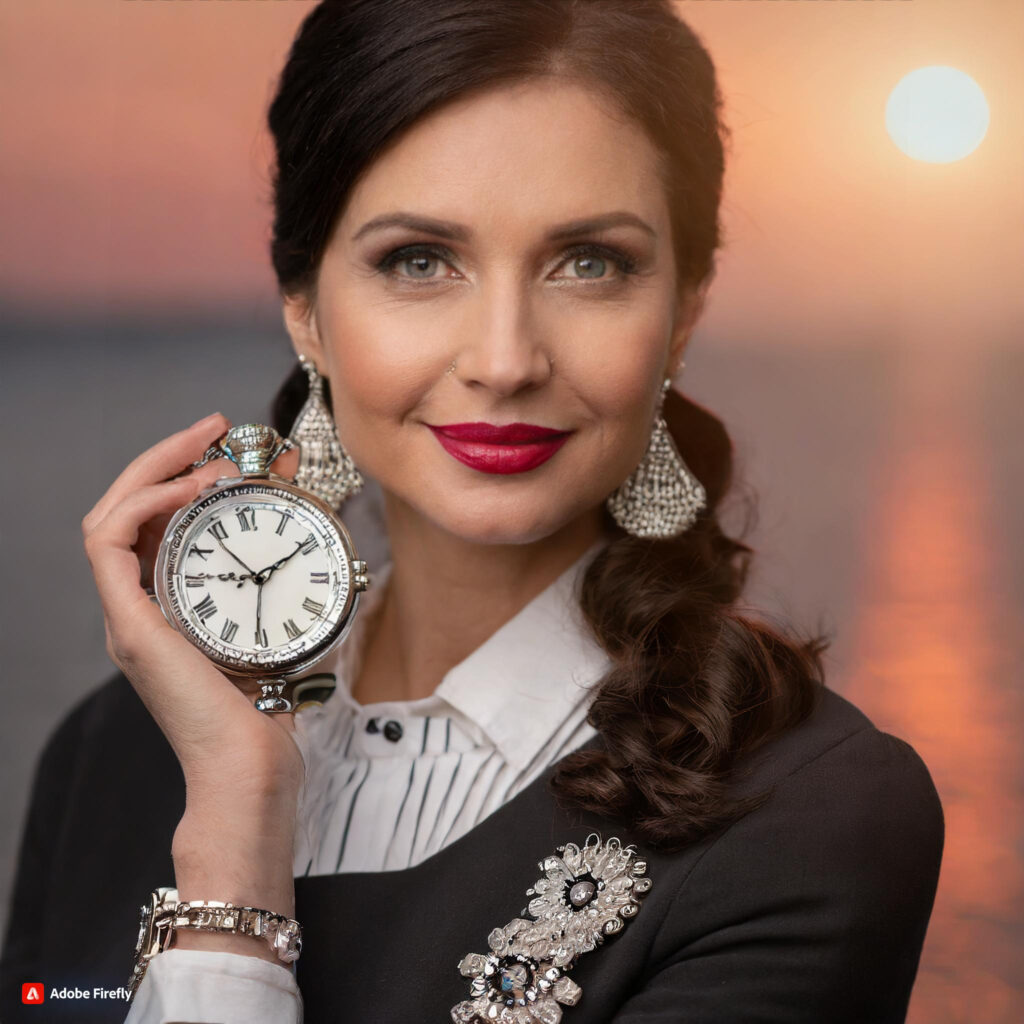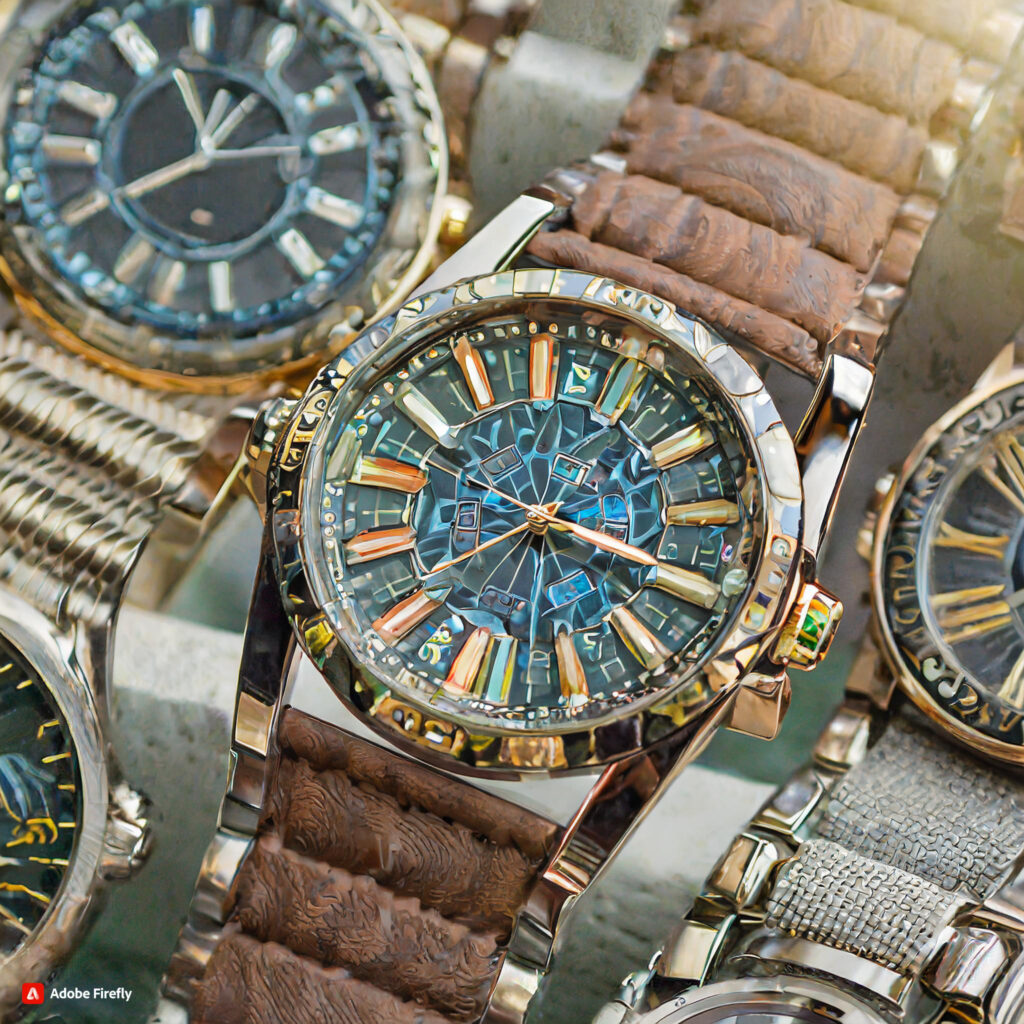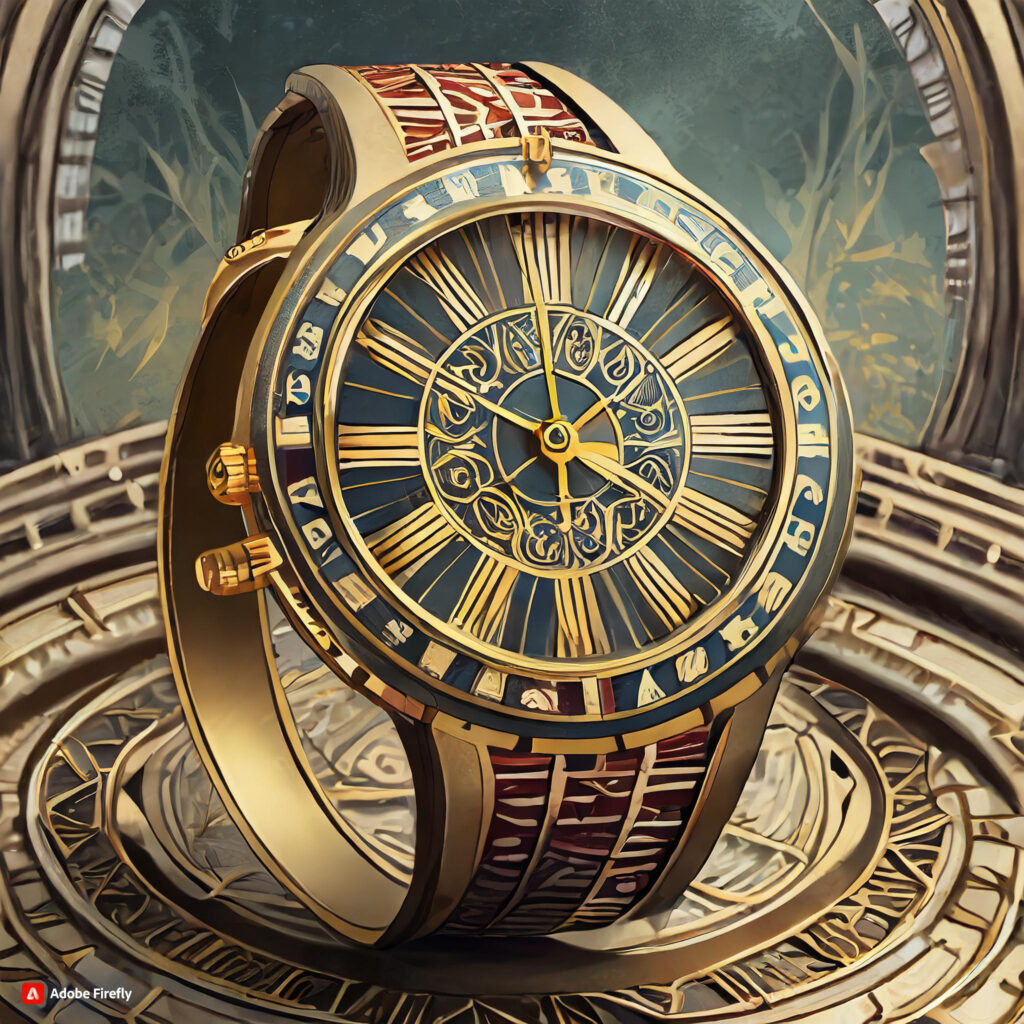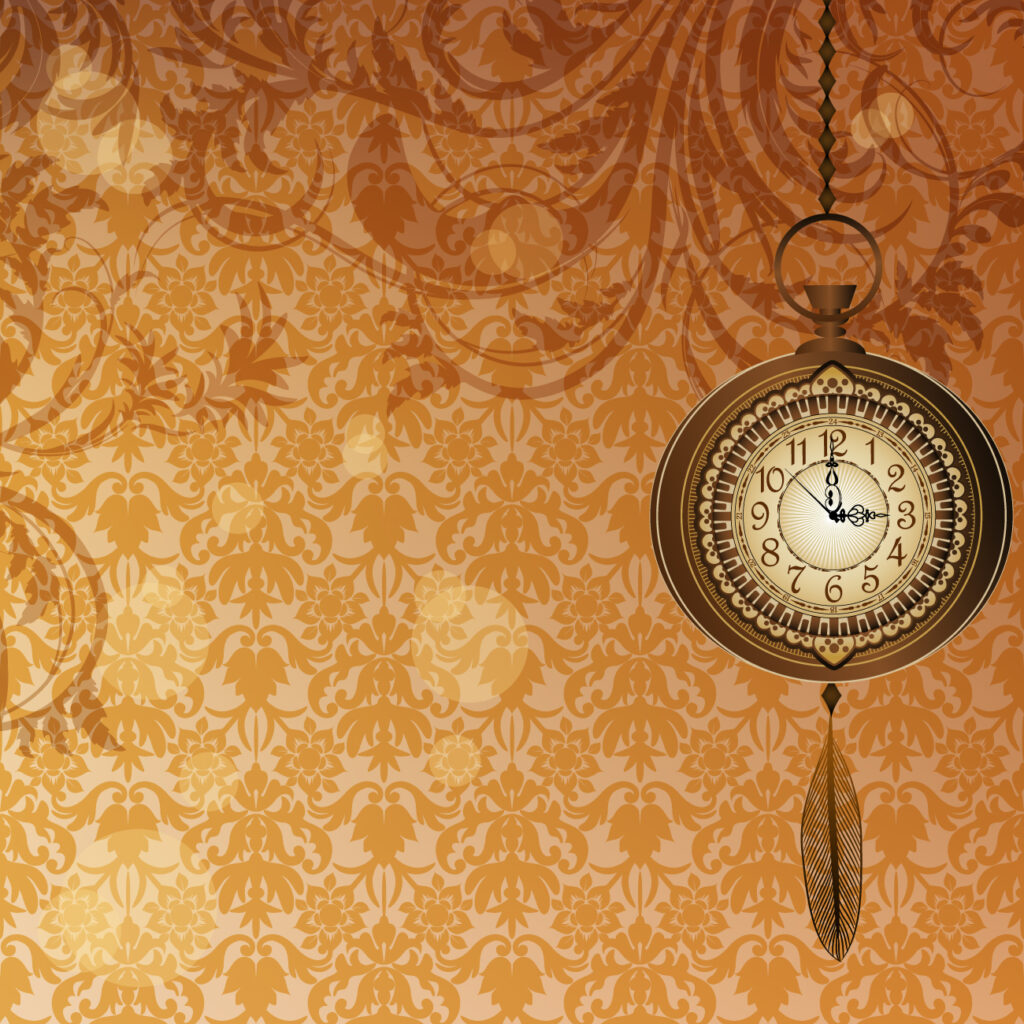Introduction:-
Welcome to the fascinating world of vintage watches, where craftsmanship meets history to pass on the message of yesteryear to the new. Each ticking movement of the clock tells a story of an era of beauty and invention. From the iconic designs of mid-century classics to the intricate details of the hand-wound mechanisms, these watches grace the wrist and serve as a tangible connection to the past. Vintage watches are more than just timekeepers; They are relics of a bygone era, capturing the artistry of master watchmakers and the charm of the past. Join us as we explore the fascinating facts about vintage watches, where each audible tick speaks volumes of nostalgia and style.
History Of Vintage Watches:-
The rich history of vintage timepieces dates back to the 19th century when they were worn as embellishments on gentlemen’s jackets. During World War I in the early 1900s, wristwatches became increasingly popular among soldiers due to their utility. Sleek designs and elaborate craftsmanship were introduced throughout the Art Deco period of the 1920s and 1930s. The mid-1900s saw the heyday of watchmaking following World War II, with recognizable models from well-known companies. A change in emphasis on precision was brought about by the quartz revolution of the 1970s. Antique timepieces are now prized possessions, each telling the story of a distinct period in the history of watchmaking.
Types Of Vintage Watches:-
There is a wide variety of styles and types of vintage watches, all of which capture the spirit of design and technological innovation of their respective eras. The following prominent categories of antique timepieces:
Pocket watches:
Common in the late 19th and early 20th centuries, these timepieces were the ancestors of wristwatches and frequently featured elaborate engravings.
Military Watches:
Designed to be durable, readable, and functional, these timepieces are worn by soldiers in times of conflict. The Rolex Military Submariner is one of the most famous examples.
Dress Watches:
Designed for formal events, these timepieces are subtle and sophisticated. They frequently have straightforward dials, thin profiles, and precious metals.
Watches designed with pilots in mind, aviator watches often feature large, legible dials and perhaps even slide-rule bezels.
Diver’s watches:
Made popular by companies like Rolex Submariner and Omega Seamaster, these timepieces are renowned for their water-resistant styles, revolving bezels, and glowing indicators.
Chronographs:
Timepieces having integrated stopwatch features that are frequently preferred by pilots and racing aficionados. One well-known instance is the Rolex Daytona.
Art Deco Watches:
These timepieces, which are characterized by geometric designs, vivid colors, and elaborate craftsmanship, are a reflection of the design aesthetics of the 1920s and 1930s.
Contemporary Mid-Century Watches:
In the years following World War II, these watches became more and more popular due to their simple, minimalistic designs and clean lines.
Mechanical Watches:
These watches need to be manually wound since they are driven by complex mechanical mechanisms. Collectors adore them because they are the epitome of classical craftsmanship.
Quartz watches:
These timepieces, which first appeared in the 1970s, maintain track of time using quartz crystals. Early quartz models, albeit not quite “vintage,” are valued collector’s items.
Examining the world of antique timepieces offers an engrossing voyage through many historical periods, fashions, and technological advancements. Because each style has an own charm and background, vintage watches are an interesting topic for both collectors and aficionados.
Factors Affecting The Value Of Vintage Watches:-
Several aspects affect the value of vintage timepieces; these factors reflect both the internal features of the watch and the dynamics of the external market. The following are significant variables that impact antique watch value:
Brand & Model:
Well-known brands with a reputation for quality craftsmanship and well-known models typically fetch greater prices. Models with limited editions or that have been discontinued further add to their rarity and worth.
Condition:
The watch’s general state has a big impact on how much it is worth. Prices are often higher for watches that are in exceptional original condition with very little wear and all original parts.
Age and Rarity:
Due to their rarity, older timepieces, those with fewer production units, and those with particular historical significance frequently fetch greater prices.
Materials:
A vintage watch’s worth can be increased by using precious metals like gold or platinum. Furthermore, ornamentation with gemstones or exotic materials may raise the value.
Movement and Complications:
Expensive timepieces with complex, fine mechanical movements or additional features like tourbillons, moon phases, or chronographs are frequently worth more. Original, well-maintained movements enhance a watch’s appeal.
Provenance:
The ownership and history of a watch might affect its price. A vintage watch may become more desirable if it has a recognized and verified provenance, such as having been owned by a well-known person or having an interesting past.
Original, well-preserved hands and dials add to the worth of a timepiece. Collectors may find appeal in the dial’s patina, age, or distinctive features.
Documentation and Box:
Older timepieces that come with their original boxes, authenticity certificates, and papers can fetch a premium price. These components add to the authenticity and completeness of the watch.
Market Trends:
Values may be impacted by general demand as well as market trends for vintage watches. Current collector tastes may cause swings in certain styles or brands.
Restoration and Modifications:
Although some collectors favor authentic timepieces, others could place a higher value on timepieces that have undergone expert restoration or modification. On the other hand, badly done adjustments might make a watch less valuable.
Collectors and investors in the vintage watch market need to be aware of these factors. In addition, the value of vintage watches can also be influenced by personal preferences and industry trends among watch collectors.
Tips For Collecting Vintage Watches:-
The excitement of obtaining timepieces rich in history combined with a passion for horology can make collecting vintage watches a fulfilling hobby. The following advice will help you develop a profitable collection of vintage watches:
Investigate Thoroughly:
Devote time to investigating various brands, models, and eras of history. Learn about renowned watchmakers, the things they have contributed, and how to watch technology and design have changed over time.
Decide on an emphasis and Budget:
Establish the brand, period, watch type, or complexity that will be the emphasis of your collection. Budget carefully and don’t go beyond to prevent overpaying, especially because the market for vintage watches may be rather volatile.
Learn About Authenticity:
Recognize the characteristics of a historic watch, such as original components, accurate dials, and untouched movements, that make it authentic. Pieces that have been extensively restored or altered should be avoided as they may devalue the watch.
Condition Matters:
Give good-looking timepieces with little wear priority. Seek out original parts, dials that are in good condition, and unbroken marks. The general state of a watch has a big impact on its worth.
Create Relationships with Dealers:
Get in touch with trustworthy dealers of antique watches. They may offer direction, impart knowledge, and assist in locating genuine watches. To connect with professionals and enthusiasts, go to watch shows and auctions.
Check Provenance:
Try to find timepieces with intriguing histories or provenance records, if at all feasible. A well-known past can raise the watch’s worth and give your collection a distinctive narrative.
Be Aware of Trends:
Keep up with the latest developments in the vintage watch industry’s trends and market dynamics. You can use this information to forecast pricing changes and make wise collection choices.
Recognize Restoration:
Get to know the subtleties of restoring watches. Some collectors value timepieces that have been expertly restored, while others prefer unaltered pieces. Recognize how restoration may affect the authenticity and worth of a watch.
Join Collector Communities:
Take part in local watch clubs, social media groups, and internet forums. Interacting with other collectors gives you the chance to ask questions, exchange expertise, and remain current on new developments in the market.
Exercise Patience:
It takes time to assemble a meaningful collection of vintage watches. Be selective and patient, putting quality over quantity. A more satisfying and well-curated collection can result from waiting for the perfect piece.
Think About Maintenance Costs:
When purchasing antique timepieces, take possible maintenance and servicing expenses into account. Recognize the expertise needed for restoration and the parts’ availability.
Record Your Gathering:
Maintain thorough documentation of your collection, including purchase information, maintenance records, and any distinctive features. In addition to adding value, proper documentation facilitates collection management.
With an informed, methodical, and perceptive approach to collecting vintage timepieces, you may build a meaningful collection that captures your enthusiasm for all things horological.
Conclusion:-
The ticking of each watch is a symphony of history, skill, and classic elegance in the complex world of vintage timepieces. As we get to the end of our investigation into this intriguing field, it is evident that collecting vintage watches is an art that calls for a combination of patience, expertise, and enthusiasm in addition to being about owning timepieces. Every watch has a tale to tell, from the limited edition rarity to the subtle beauty of beautifully preserved dials. As you go out to acquire vintage watches, may each find deepen your knowledge of horology and offer a concrete link to the past, guaranteeing that time, in all its manifestations, always remains a priceless asset. Cheers to your collection!
Explore The Watches Word
click here
FAQ:-
Q.Are vintage watches worth money?
Ans. Because those specific models are so rare, many vintage timepieces fetch significant prices when they are sold again. The state of the watch market at the time of sale will have a significant impact on vintage prices.
Q. Are vintage watches worth money?
Ans. The global vintage watch industry generally agrees that a timepiece qualifies as vintage if it is older than twenty to twenty-five years. 25–30 years old, according to some.
Q. Why are vintage watches expensive?
Ans. Most, if not all, of the value of a watch is contained in its dial. Therefore, the value and rarity of a rare vintage watch will increase dramatically if it is found with its original, pristine dial. You can evaluate the quality of the dial, hands, lugs, case, and crown to determine whether a watch is original.
Q. Are vintage watches safe to wear?
Ans. Lung cancer and respiratory issues can result from prolonged radon exposure. Radon is produced in trace amounts by the active radium found in vintage watches’ dials and hands. Because the case is not hermetically sealed, this will seep out. Adequate ventilation is the answer to radon in homes.
Q. What to avoid when buying a watch?
Ans. Ignoring the test drive. Everyone has decided that something is the best option because it looks good on paper.
Falling in love, putting finances aside, undervaluing warranties, purchasing the incorrect watch, shopping convenience, trading in a favorite, and going it alone are just a few examples.





